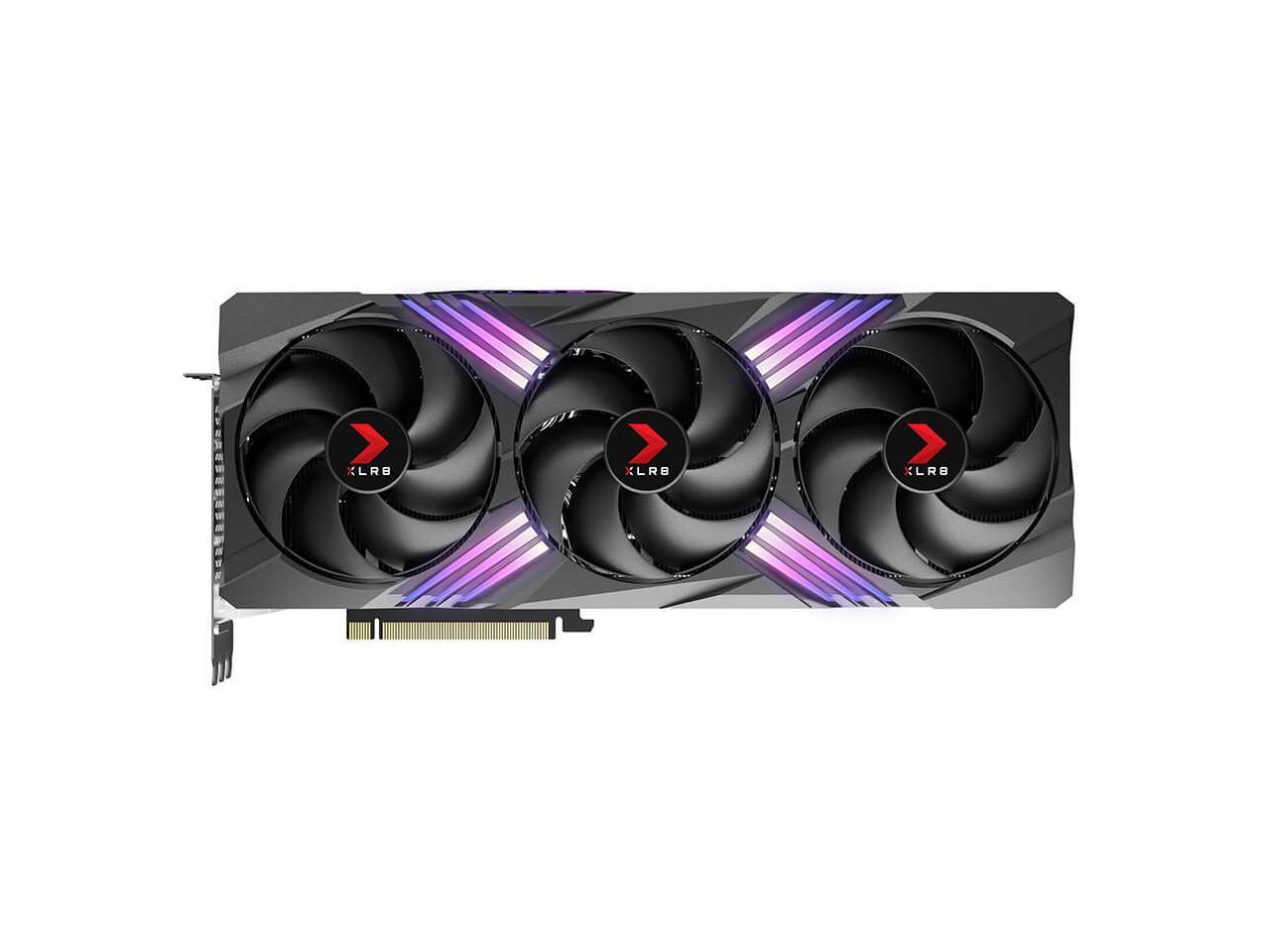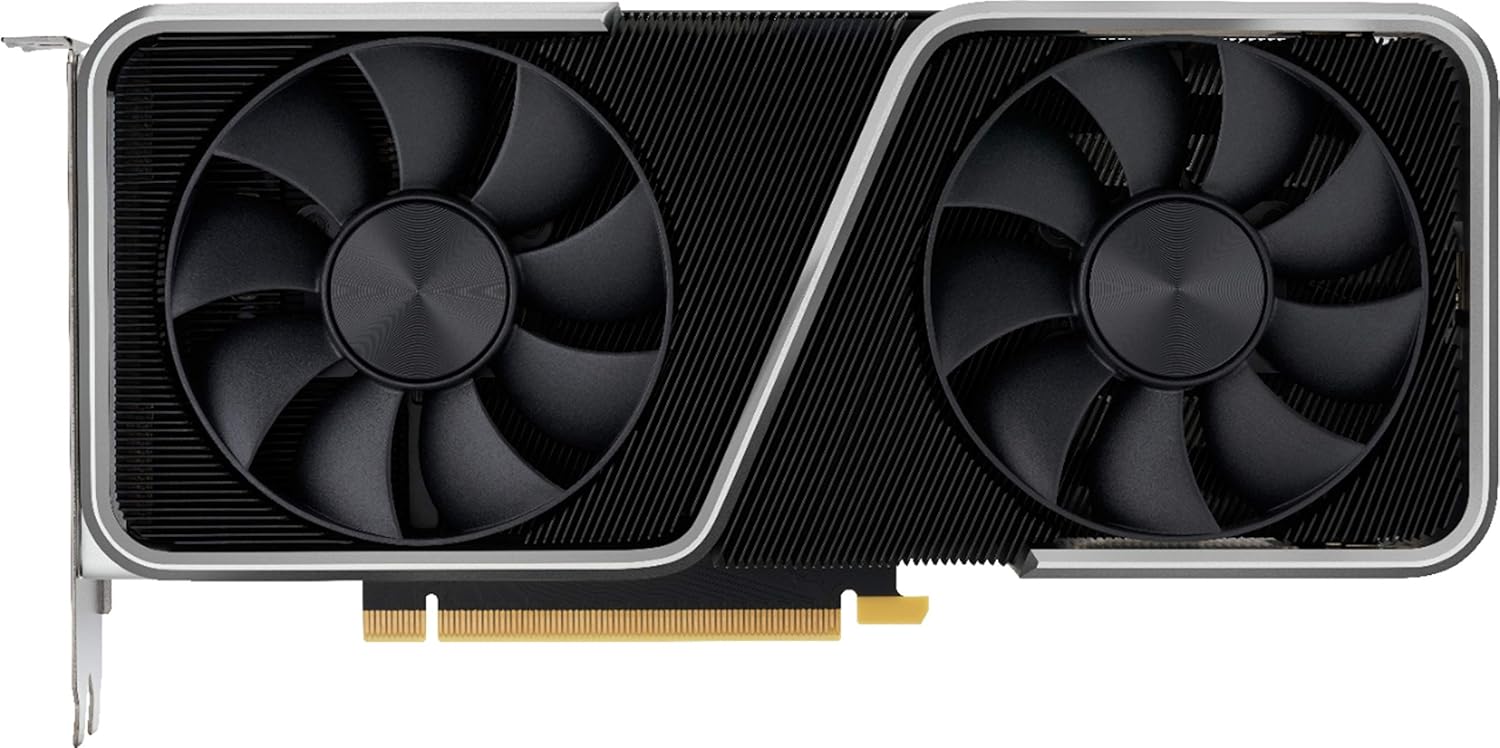A Guide to the Best Graphics Cards for Video Editing

Projects like video editing require not only the right combination of components but also introduce a need for near-constant fresh air to ensure temperatures are manageable for all components. The primary components needing this management are the GPU, CPU, and attached cooling units. While the specifics of each factor will be explained later, let's discuss the best graphics card for video editing.
Depending on your needs as an editor, your GPU choice should be considered based on your workload.
Do you assemble your footage from more extensive projects and render every clip in the pipeline to avoid a choppy preview window? Consider getting a more powerful GPU to render preview sequences quickly.
Are your video projects considered “short ordered” and require a more non-linear editing style? For specific workloads, a dedicated graphics card will still be necessary; however, the need for a fast-reacting CPU and RAM should come first.
Here is a guide for understanding the best graphics cards for video editing on the market.
Table of Contents
Best 5 Graphics Cards for Video Editing
Here is the best lineup of graphics cards from AMD and Nvidia, powering the latest PCs used for complex video editing tasks.
1. The RTX 4090
Besides its enormous price tag, the expected performance of an RTX 4090 for demanding video editing tasks is leagues above its competitors in the consumer market.
To most freelance video editors, the current generation of RTX cards provides significant performance at an increased power draw compared to previous years. This is not the only significant increase as the card costs $1,600-2,000 depending on the variant bought, but it drives third-party sales even higher depending on stock. If you have the funds to spare, this card will have no issue when paid with a corresponding power supply and CPU.

2. The RX 7900XT
With this option from AMD, this GPU is available for those with very particular workloads, depending on what video editing software is running. The RX 7900XT is a direct competitor with Nvidia's RTX 4080 rendering performance at roughly 40% less cost, hovering at around $750-800 from major retailers.
With this price advantage comes drawbacks, including the stability of some productivity software over others, but we will get to that in this section.

3. The RTX 4070ti
Out of all the newest cards Nvidia offers, the RTX 4070ti is one of the greatest deals in having a Nvidia GPU with a decent performance in video editing workflow. In comparison to other GPUs that are slightly more performant, it's around $800 on most retail sites.
With capabilities for both 4k and 1440p resolutions, only some GPUs come close to the expected performance while rendering projects.

4. The RTX 4060
The RTX 4060 is one of the latest entry-level cards for the RTX 40 series, taking advantage of the newest Ada Lovelace architecture at or below $300.
The RTX 4060 is a great plug-and-play solution for those on the GeForce 900/ 10 series of GPUs or AMD RX 500 or similar series. Its max TDP is 115W, which makes it perfect for editing rigs with 4 or 6-core processors like the 12400F found in our Apex Gold.

5. The RTX 3060
One of the most reliable cards to come out of the last generation of Nvidia cards is the RTX 3060. With its extended service life due to the pandemic, these cards have seen an oversupply in the current entry market and go for roughly $250 on the market.
One of the best hardware qualities of the RTX 3060 is the bus width of its 192-bit PCIe 3.0 connector. In addition, it houses the revolutionary AV1 decoding chip responsible for fast playback of videos up to 8K in resolution.

What to Look for in a GPU for Video Editing Work
Now that your workload is identified in your price range, let's understand the intricacies of using different programs within the video editing profession and which value specific characteristics in GPUs over others.
Video RAM
Video RAM (or VRAM for short) is one of the most critical aspects in GPUs because VRAM is the first thing utilized after rendering. More VRAM is better, as it allows more data to be readily accessed from the GPU.
This is especially handy for editing as most, if not all, editing software defers some to the CPU cache, a majority to the VRAM, and the remainder to the C: drive storage to stagger the needs of an open project. Having at least 6GB of VRAM is a safe bet for any entry-level editing system.
Power Requirements
Most graphics cards on the market require a PCIe power connector with connectors that draw anywhere from 150W power from 8-pin connectors to 600W from 16-pin power connectors. You can see the newest connectors on the RTX 40 series of cards.
An adequate PSU makes all the difference for professional video editing purposes and most productivity cases for PCs. At the same time, an editing system goes through significant stresses while rendering a video over a long time.
Performance
While VRAM size may be similar across multiple generations, the performance lies in the GPU die. Clock speeds have always been the significant contender for performance in processors. This is especially important in GPUs.
Clock speeds determine how many work units can be done in a certain period (typically one second). In editing, having a higher GPU clock speed enables more work per cycle but comes at the cost of being slightly unstable or needing constant airflow due to the heat generated.
Besides having a high clock speed on the GPU, you get a comparable CPU or overclock the CPU to avoid bottlenecking.
Compatibility & Preference
Depending on your choice of video editing software, the type of hardware installed on your computer will make a significant difference under stress. Typically, the Adobe suite of products favors Nvidia cards due to their architecture and background utilization processes of NVEC (Nvidia Encoder), making them an obvious first choice for the best results and responsiveness.
While cheaper, AMD offers a more general approach to taking on workloads that can be seen in many other alternative editors like Davinci, Super Cut Pro, and other software that work great with most projects and effects.
Display Ports
Display Ports are the most advanced connection option for most monitors on the market. Specifically, Display Port 1.4 cables can display up to 8k at 30htz or 1080p at 280htz; its versatility is predominant in most computer displays, including VR headsets.
While USB Type C is a close contender for some display options, the Display port is considered the workhorse for gamers and video editors. Most mid to high-end cards have almost always 2 to 3 Display Ports.
Price
Out of most components required for a desktop PC, the GPU has the potential to be one of the most expensive pieces of hardware out of the set. From affordable $150 modules to upwards of $2,000 high-end consumer cards, understanding your desired price point for a video editing graphics card is crucial.
Apex Gaming PCs offer multiple price points for gaming and editing-oriented systems, with the ability to change both the PSU and GPU for the best flexibility to your budget and editing needs.
Why You Need a Good GPU for Editing Videos
It's no secret that professionals can get industry-favorite equipment costing thousands of dollars. However, at this point in the personal computing market, the best cost-efficient GPUs for developers and editors alike are the latest consumer parts from both Nvidia and AMD.
Understanding that responsiveness and ease of rendering are sought-after features for fluid editing in most applications.
When to Upgrade Your Whole System
There is significant debate on what signs mean it's time to upgrade your system; however, as a general rule of thumb. If used daily, a system should experience an upgrade or complete replacement every 4-5 years.
Summary of Video Editing Graphics Cards
Your editing experience should entirely depend on the CPU, RAM, and, most importantly, GPU combinations.At Apex Gaming PCs, we pride ourselves on being top-of-the-line technicians who make PCs capable of gaming and editing workloads. Whatever your editing and GPU needs are, we hope to be of service at Apex!
Written By Will Wilson


Leave a comment